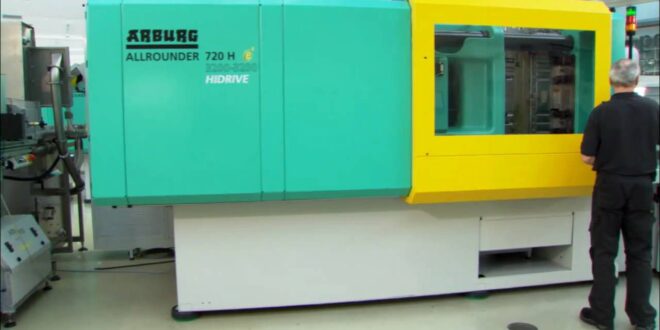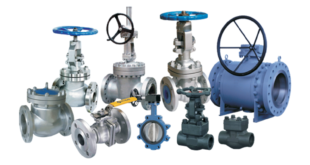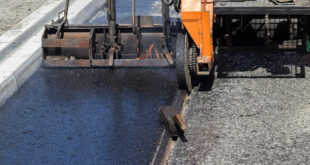Injection molding devices are utilized in large manufacturing plants for creating various components in high volumes. What this means is that it is utilized in mass-production processes, where the same component is created thousands, if not millions of times in continuation.
So, if you have ever wondered were enterprises get their 3D printed bottles or how some products are packed, you might find this article quite helpful. The text below is going to feature all you should know about these machines. Let’s take a closer look at the article:
What is it Exactly?
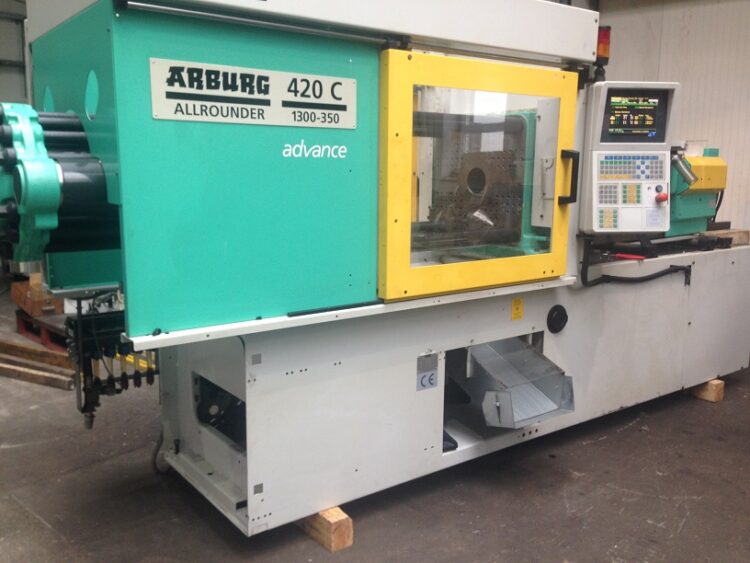
As previously stated, plastic injection casting is a mass manufacturing process in which identical plastic components are created by following a specific design guide. Nowadays, it is the most applied mechanism for producing a wide range of the same plastic items and produce.
Plastics are, perhaps, the one material used by everyone every day, especially since we use it for producing everything from equipment to cups, people have been using it as a crude material for manufacturing goods, and injection casting is the most beneficial and easier way to get a custom, plastic items.
But, How Does it Work?
Well, there are some basic steps that allow these devices to produce a component or item. These steps include:
- The production begins with selecting the ingredients and putting it into the molder.
- The device’s heated pipe or runners then softens the element placed in the cast.
- Then, the fluid is placed inside the frame and then transformed into a particular form by using a frame injector.
Now, you might be wondering, but how does the device know what to do? Well, the series, term, pressure, and other important parameters are all predetermined and set according to the entire purpose of the machine, and the design of the parts or items.
What Parts Can Be Found in It?
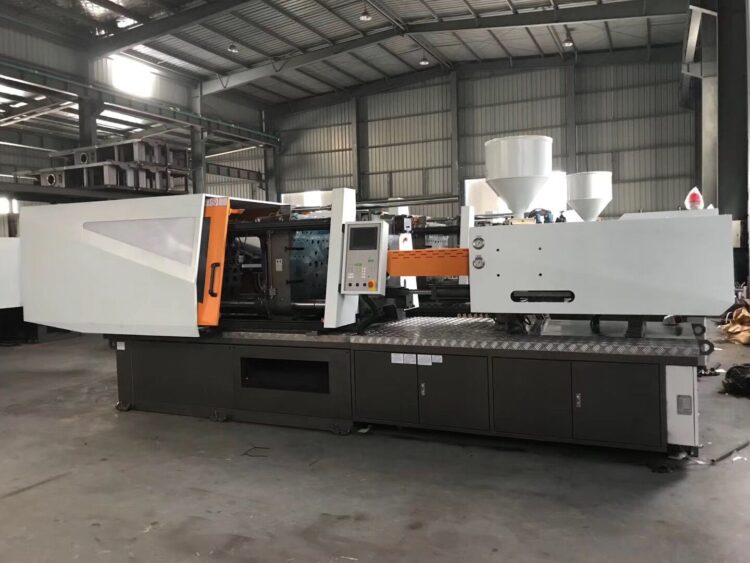
Without an injection casting mechanism, there would be no shaping process. There are several kinds of these mechanisms, hence, they will all have diverse parts and arrangements. However, the most frequent parts that you can find in almost all of them include:
1. The Injecting Component
Now, this element can be used for melting and setting the resin in the shell. It does contain other parts as well such as the pipe, tank, ram, reciprocating crew, and the outlet and bolts. The hopper is the part that places the substance into the melting compartment.
Then, the pipe combined with the ram injector pushes the materials within the melting compartment, which heats it. The bolts guide the matter to the next stage, which is casting. The plastic is then placed forward into the frame, and the melting currents melt it into a form by utilizing a nozzle.
2. The Clamps That Holds Everything Together
Casts are normally made from two parts. Before the injection step begins, the casts are clamped together tightly. Once the material within it chills, the 2 parts are then opened by using a clamp engine. The frontal part has a system that ejects the item.
3. The Mold Tubes
The mold tubes act as, let’s say, paths that take the plastic into the empty hole. The “paths” are incorporated into all designs, hence, creating one section. The melted substitute enters by the sprue and then it flows within the additional channels referred to as runners. Then, the runners take the material through a “gateway” that places the material into the empty frame.
4. The Cast Scheme And Custom Tools
When creating a cast, there are different things that must be analyzed. The design of it must implement elaborate geometrical characteristics, as well as other things such as undercuts. These components are usually referred to as slides since they basically slide into the cast part.
Now, besides the scheme, another essential thing to mention is the mold tools. Customized tooling incorporates casts that are manufactured for aluminum or steel. Of course, each of the metals has its own benefits and they are utilized depending on the part that must be made. If you want to see more information about these devices, check out Qmolding.com for additional information.
Can I Choose Between Several Types And How Are They Different?
Yes, you can. There are three common types of these devices, including:
Hydraulic Ones
These are the oldest ones, especially since they have been around for hundreds of years. The pressure creates a liquid called hydraulic oil, and it is used for making pressure during the processes. The oil is utilized by the engine, which in return, turns the bolts that drive the plastic material.
Electrical Ones
One of the main problems with the aforementioned type is that it is practical, however, it is not entirely adequate – yes, it does work well, but, we cannot say the same about the energy it consumes. Well, this is why Japan revealed electrical injection casting devices back in the ‘80s.
They all use high-speed servo engines, meaning that they are quite easy to operate, and naturally, they are more improved then the hydraulic ones. They are incredibly cheap, especially since they offer speed and precision, as well as lower energy consumption. Additionally, the machine does not require a lot of upkeeping and workers can set the power and pressure feature to fit their needs.
Hybrid Ones
It is safe to say that this device is literally a combination of hydraulic and electrical machines. It was manufactured to provide a combination of advantages that these machines offer, which means that it does, in fact, perform better than them. Additionally, they are incredibly diverse and they do offer accuracy, efficiency, and they also consume less energy.
Conclusion
As you can see, it is quite easy to understand what these machines are, as well as how do they function. And, if you are in need of some plastic components or products, you should not waste any more time. Instead, you should start looking for a manufacturer that uses these machines for mass-producing plastic items.
 Hi Boox Popular Magazine 2024
Hi Boox Popular Magazine 2024
